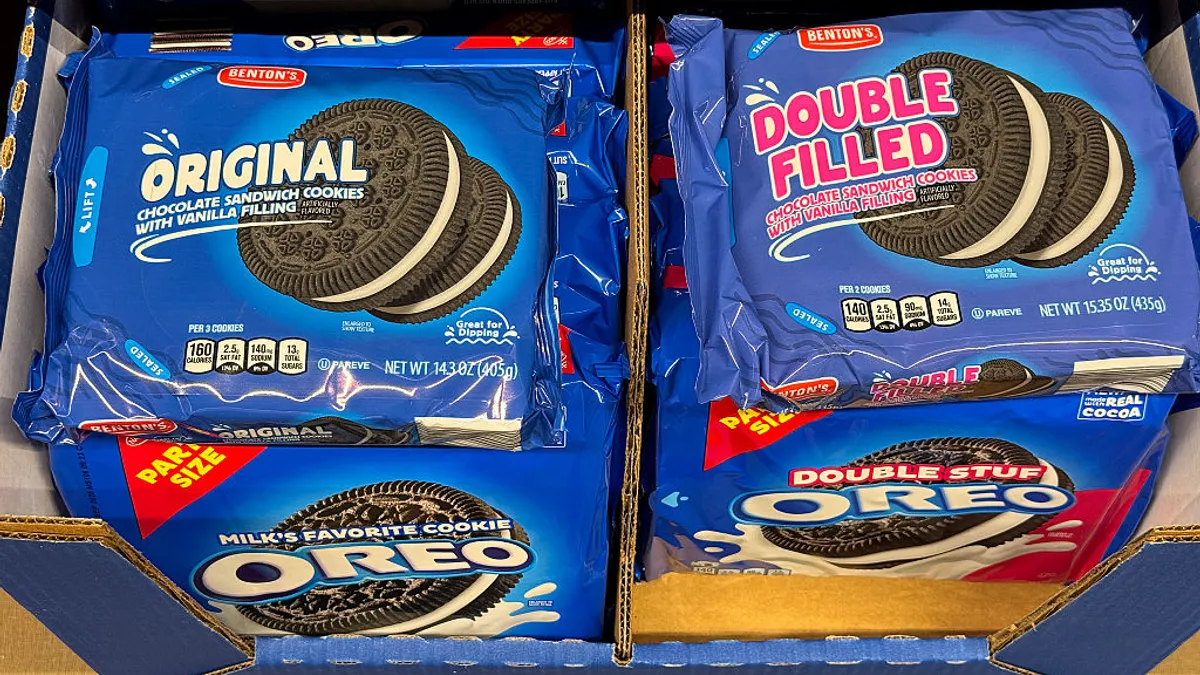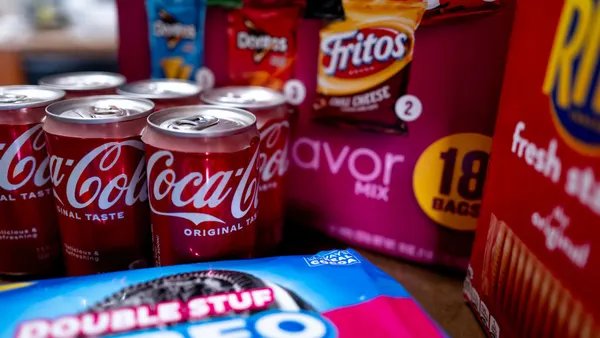The global supply chain continues to face unique pressures, including commodity price volatility, ingredient shortages, and shifting tariffs. Cocoa, coffee, vanilla, matcha, and even everyday products like eggs are increasingly affected by climate change, geopolitical uncertainty, and trade policy. For manufacturers, the challenge is twofold: how to maintain the high-quality taste consumers demand while navigating rising costs and limited ingredient availability. This is where strategic use of flavors makes a difference.
For R&D teams and brand leaders, the answer may not always lie in securing more raw ingredients. Instead, the solution may be rethinking how extracts and flavors can be used to stabilize products, reduce costs, and, in turn, spark flavor creation for new product development.
Flavors as a strategic lever
Flavors have traditionally been seen as tools for indulgence, differentiation, or line extensions. Today, flavor manufacturers are a partner to brands, not only with innovative tastes, but as a source to create necessary solutions to combat supply chain challenges. Flavors can extend, replace, or standardize the taste of natural ingredients, helping manufacturers maintain product integrity with greater formulation flexibility.
- Offsetting ingredient shortages. Cocoa powder has faced steep price increases and supply constraints due to poor harvests in West Africa. To address these pressures, some manufacturers are reducing their reliance on cocoa powder by incorporating cocoa flavor solutions. This approach can cut cocoa usage by as much as 30%, while keeping the rich chocolate flavor profile consumers expect.
- Navigating pricing pressures. Antidumping and countervailing duty orders on vanillin have pushed companies to explore alternatives and protect their margins. Vanillin alternatives, like PROVA’s range of Provanil® flavors, can be used in lieu of traditional vanillin or ethyl vanillin at a lower cost. These alternatives can also provide added technical benefits to products, for example, higher heat stability for baked goods.
- Ensuring consistency. Vanilla varies widely by origin, harvest, and processing method, which makes it difficult for brands to deliver a uniform flavor across batches. Vanilla extracts and flavor systems help standardize taste, ensuring a consistent consumer experience even when raw supply shifts or quality varies from season to season.
Building agility for the future
The food industry has always adapted to change, but the current pace of disruption makes agility a priority. Climate conditions, consumer expectations, and global trade will continue to evolve. R&D teams that build flexibility into their formulations today will be better positioned to respond quickly when the next challenge arises.
Flavors are a versatile tool to give manufacturers the ability to manage costs without compromising quality, ensure consistency across markets, and experiment with new taste experiences. Importantly, they allow brands to see flavor not as a finishing touch, but as a foundation for resilience and growth.
For companies navigating an uncertain global marketplace, this shift in perspective is vital. The brands that thrive will be those that view flavor as both a safeguard and a source of creativity. Flavor partners are drawing inspiration from gourmet chefs, social media trends like the 2025 Dubai pistachio bar, and nostalgic golden notes to fuel innovation. By combining creativity with market insight, brands can protect products against volatility while uncovering new ways to delight consumers.










